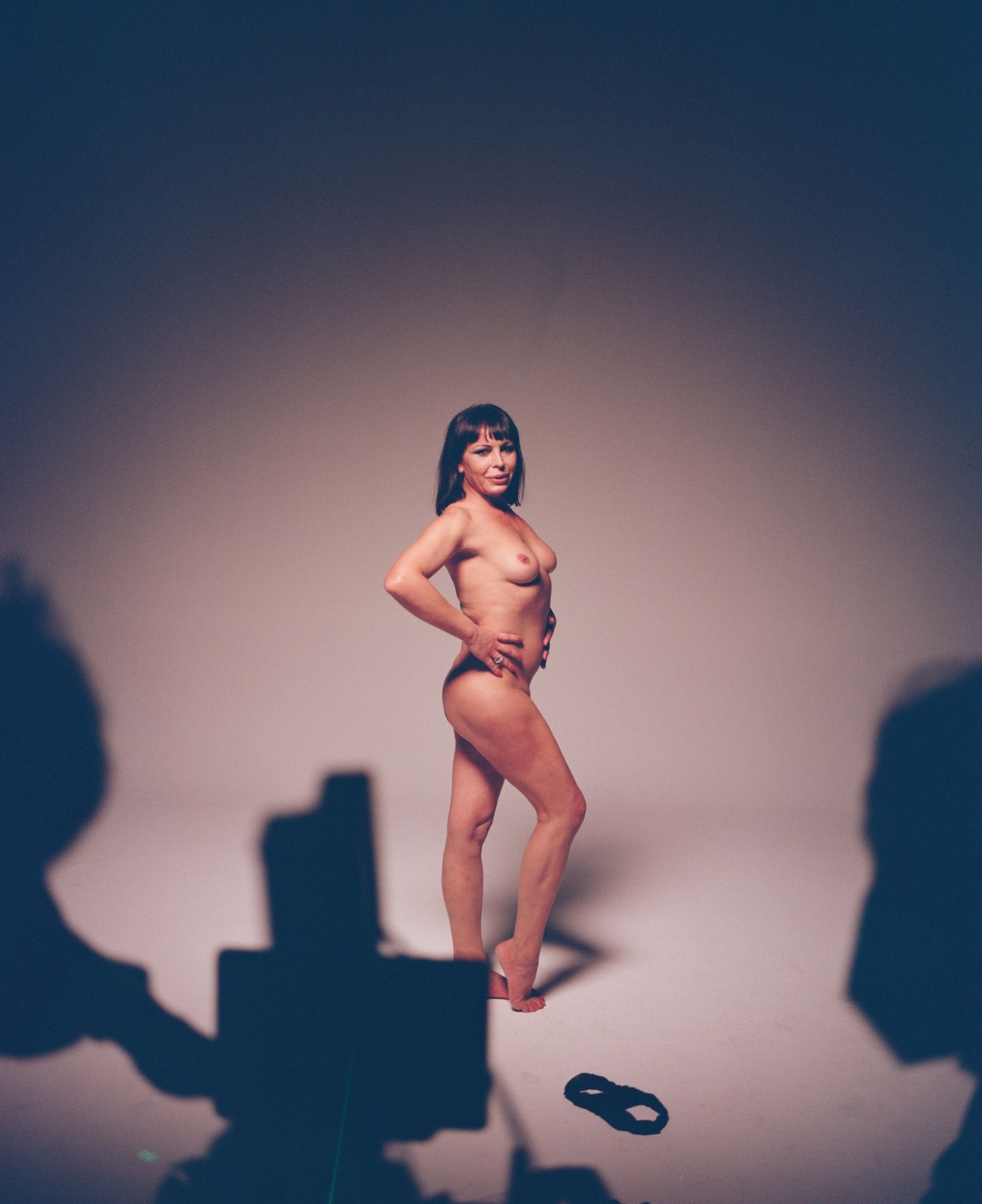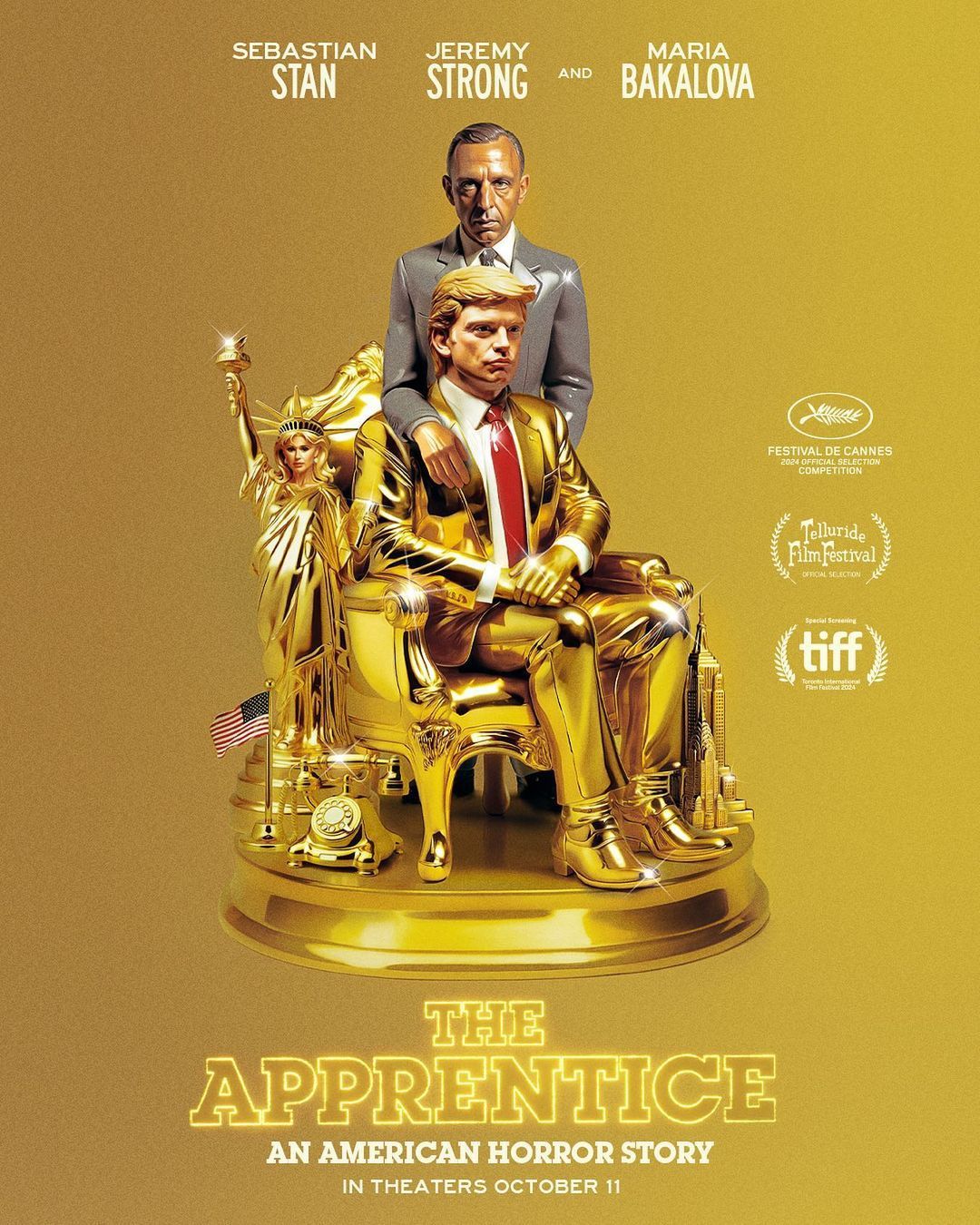
Can OnlyFans become the go-to platform for independent magazines? On the reason why we published nss magazine's Digital Cover N05 on OnlyFans
On nss magazine, we don't usually break the scenic illusion of the magazine, talking about how and why we make our content. It's a part of the game - Supreme docet on that too - but we're going to make an exception today.
On Monday, February 1st we published the Digital Cover N05 of this magazine: it's called BODY and it's a short film directed by Tommaso Ottomano that tells the relationship with their bodies of the seven protagonists, filmed first dressed and then naked. In the creative brainstorming phase, when the first ideas about the film went from a gaseous to a liquid state, it became clear how much the content - and therefore the very meaning of the film - would change depending on the platform on which it would be published. If BODY had been published on Instagram or YouTube it wouldn't have contained any fully nude scenes - not even of nipples or other single parts of the body - undermining the message; at the same time, making content exclusively visible on our website gives the idea of an umbilical artistic work. For this reason, we made the decision to publish the film on OnlyFans, becoming the first Italian media company to use the platform for editorial content. Here, I think it's worth sharing some considerations and thoughts on the relationship between OnlyFans and the world of magazines, in the meantime here you will find the link to see BODY, by signing up without having to pay.
As Valerio Bassan pointed out in his Ellissi newsletter, today OnlyFans is the emerging platform for NSFW content creation, with over 100 million registered users, of which over 1 million creators. It works in a very simple way, but less "vertical" than emerging social networks like TikTok: each creator has a profile with private content that can be viewed via a monthly paid subscription, as well as premium content for which an extra fee is required. It's very complicated for creators to advertise "inside" OnlyFans, that's why they're pushed towards traditional social networks such as Instagram, Twitter or Reddit, inviting users from there to subscribe to OnlyFans for exclusive content. This is a win-win operation between OF and the creators, who become the company's marketing tools while still securing considerable income, as Cecilia Caruso reported in an interview with two Italian creators. In recent months, influencers and celebs have also landed on OF, being an easy way to directly monetize your fanbase with exclusive backstage or private life content. The most cited examples among celebs and influencers are Cardi B, Tyga, Bella Thorne, Mia Khalifa up to Italy with Gue Pequeno.
As it often happens, digital publishing has ignored the arrival of a social network so characterized on NSFW content, ignoring the potentially very interesting sides that have been part of the debate in the industry for years. For nss, the choice to publish BODY exclusively on OF is above all a political statement on freedom of expression: as a digital magazine we are inextricably linked to traditional social networks, whose policies are however updated in an arbitrary and Manichean way. There's a lot of talk about body-positivity and inclusiveness, but Facebook and Instagram can and will ban an entire profile overnight for a photo showing a nipple, compromising years of work and creating economic damage for the user. BODY celebrates the body in all its forms and parts, covered and uncovered, with an almost surreal ironic touch that creates an interesting aesthetic dissonance with the OnlyFans frame.
Speaking more generally, however, OnlyFans offers the publishing industry on a silver platter two of the chimaeras that have been followed by the industry for years: monetization and community-building. Applying a paywall on a website such as that of an online newspaper or magazine is in fact an extremely complex and expensive work in terms of technology (there are many pages, some must remain visible). Almost all newspapers today have a paywall while many magazines are experimenting with hybrid solutions to keep an acceptable amount of content visible to users and instead try to monetize visits to their site. To this problem OnlyFans - but also Patreon and other platforms - offer an easy and low-cost solution for independent magazines that need to find an alternative source of revenue. The only magazine to experiment with OnlyFans was Munchies - Vice's vertical dedicated to food - and for this reason, it's a gamble to say if it can be a sustainable solution in the medium to long term period. An alternative solution can certainly be OF as a platform for pop-up events such as a digital cover or the coverage of an event.
The principle that guides the growth of OF is to create a community around a profile, with a direct and constant relationship between audience and creator. In this sense, more than other social networks, the relationship is more reminiscent of the communities created around a newsletter, in which each individual component of the audience has direct contact with the creator and in rare cases horizontal relationships are created among the public. This is perhaps the most complex challenge that OF offers for a magazine: constantly providing interesting content for the reference niche, so interesting and unique that it is worth a subscription that costs one-fifth of the Netflix subscription.
In short, OF is a complicated place like any other social network: the difficulties are different and the solutions too. However, the independent publishing industry risks becoming a prisoner of an algorithm - be it Facebook or Instagram - that often doesn't take into account the editorial and business needs of these realities. Looking elsewhere and trying alternative solutions may be the way around what increasingly resembles prissy censorship.
























































